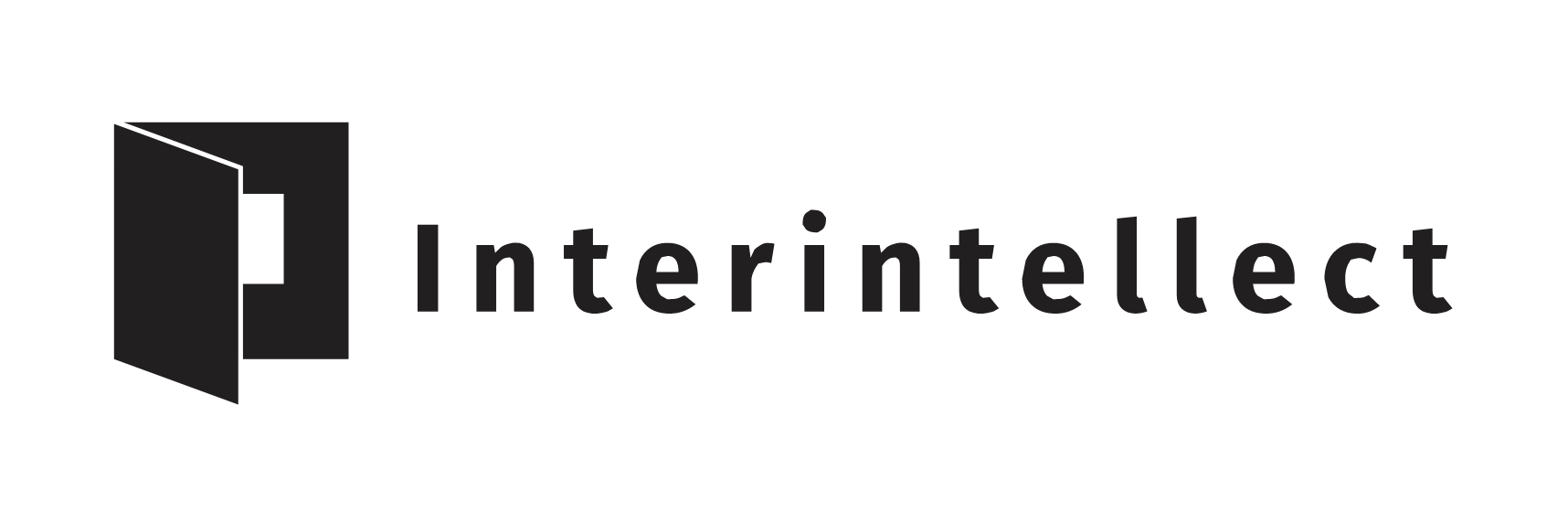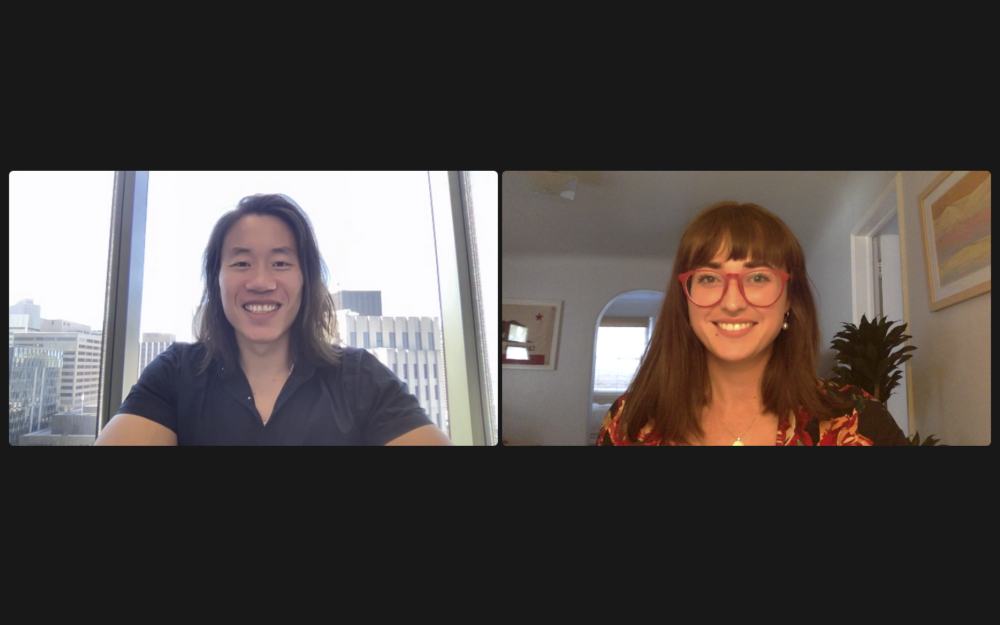Startup veteran and ii Host Jason Shen shares his personal creative journey, how he came to connect with writer and editorial director Herbert Lui, author of Creative Doing, and some of the insights they both hope to share in their upcoming Super Salon, “Finding Your Voice.”
“It’s not about thinking. It’s about doing.”
Wether you’re a visual artist, programmer, writer, or entrepreneur, it’s no secret that a well-rounded creative process can make or break your success. But with the overwhelming amount of advice on creative process, how do we know what will work best for our unique creative needs?
In an interview with Jason Shen on his upcoming ii Super Salon, “Finding Your Voice” with Herbert Lui, we talk about Lui’s new book, Creative Doing, and how it’s 75 digestible exercises seek to help you establish a creative process true to your artistic voice. We also touch on the intersection between ADHD and creativity and follow Shen’s own journey in exploring his creative process in his #CreativeDoing Twitter Challenge.
On ADHD and Creativity
Prior to my call with Jason Shen, I came across an interview that revealed Shen’s incredibly diverse background. Startup founder, NCAA Gymnast, executive coach, two time Guinness World Record holder… he’s truly done it all! The interview also shares that Shen was diagnosed with ADHD when he was very young. When asked about the influence of his childhood ADHD diagnosis on his creatively diverse background, Shen admits, “It’s part of myself that I’m still learning to speak on.” He goes on to say, “it can make you a handful,” describing his impulsivity in his youth both to physically and mentally move. Shen says that some teachers felt that “I was an exhausting child to work with.”
Shen says it was in large part due to the physicality of his impulsiveness that his parents enrolled him in gymnastics. “For me, athletics was an important grounding factor,” he states, describing exercise’s role in stabilizing and channeling some of the energy inherent in people with ADHD. It turned out that gymnastics was an extremely successful outlet for him. “I was only on medication for a little while as a kid,” Shen states, and says taking gymnastics very seriously “brought me to a more stable place.” While many of Shen’s friends and colleagues admire him for his continued discipline in physical fitness even post his highly successful gymnastics career, Shen says it’s not so much the discipline, but rather “because it is important for my mental health, my productivity.” When Shen doesn’t work out, “I feel bad,” he explains, clarifying “not guilty, but unsettled, unfocused.”
Referring to ongoing conversations with other creatives, Shen expresses, “I think a lot of people who are creative are also [seen as] difficult children.” In looking at patterns through peers, Shen noticed that there is often a dichotomy: hyper-creative children are either deemed “difficult” (freely expressing their creative urges) or find out later that they are “repressed” (tamping down their creative urges). As an example, he speaks about his wife in her art, and how she described herself as the “model kid” in her youth. Later, Shen says she came to see herself suppressing her own creative energy with this self-perception, ultimately deciding to break out of the “model kid” mold.
“Creativity is, to some degree, impulsiveness,” Shen shares. “It’s like the inability to stop certain thoughts from entering your mind.” This, he conjectures, is why a lot of people diagnosed with ADHD tend to be creative. While some creatives have difficulty conjuring thoughts, “it’s harder for people with ADHD to stop.” This can seem like the ideal, especially if you are someone who is the former, but Shen goes on to explain how this can be a real obstacle if you have something on your to do list that you are really uninterested in. “It is hard to stay focused on things that you don’t find interesting,” he shares.
“I’ve changed jobs a lot,” Shen says, and (laughing), “I say that I’m on a one-and-a-half year cadence. Even when I did my own startup for three years, we did a pivot 1.5 years in!”
On Shen’s Personal #CreativeDoing
Shen shares how he took to Twitter for his own #CreativeDoing challenge, working through all 75 exercises from Lui’s books over the span of eleven weeks. “The primary concept is that ‘Creative Doing’ is a play on the concept of ‘Creative Thinking,'” he says, illuminating Lui’s choice in book title. “We usually talk about Creative Thinking,” but, as Shen explains, the core concept in Lui’s book is that often times, “It’s not about thinking. It’s about doing. Being creative is in the outcomes of what you are making.”
When asked to share some exercises that were particularly impactful, Shen mentions “Day Four, ‘Draft, Demo, Sketch,’ and ‘Day Seven, Find the Simplest Element of Your Craft.'” He says that the combination of those two ideas is all about not overcomplicating the act of creating. “Write or create a minimal element,” he says. “If you’re a musician, can you write a bar of music? Ir you are a poet, can you do a couplet? If you are a designer, can you design an element of the page?” Shen explains that this is much more actionable than thinking something like, “I’m going to write the next great American novel.” Even if this is the goal, you’ve got to figure out where to start. “Start with a seed,” Shen suggests. “Start with a character, start with a piece of dialogue, an exchange between two people. That’s how you get started.”
Another exercise Shen shares is “Set Up Your Surfaces,” being intentional about how you put together your creative workplace — “mise en place!” But even this, Shen explains, taken the wrong way, can overcomplicate the creative process. Lui, in his book, speaks about Jay-Z’s writing process, describing how Jay-Z would often write songs and rhymes in his head, without even the simple elements of pen and paper — no equipment, no workplace. Shen relates this ability to create internally back to his days as a gymnast, saying “we would walk through [the gym] and just visualize ourselves doing the routine.”
The power of creative visualization is further revealed when Shen shares a seemingly-magical story about injury and recovery. He describes, during his career as a gymnast, how he spent many months attempting to perfect a new move on the high bar. Then, finally, one day, “it clicked for me. I was able to do the move. And then I injured my knee.” Shen faced injury the day after he finally locked in this challenging move, taking him off the high bar for a full year. However, after a year of PT and creative visualization, on his first day back, “I was able to redo the move despite having not practiced it physically for a year.”
The magic of many of Lui’s exercises in Creative Doing lie in their simplicity, the relative ease in the understanding and doing, but we are reminded by Shen that the simplicity of the exercises is not to be taken for granted. It is the continuation of “doing” over the span of a creative career that allows us to bring our art across the threshold of imagination into reality.
On Shen and Lui’s Upcoming Super Salon
Shen shares that he has been following both Interintellect and Herbert Lui for some time. He describes Interintellect as “a great way to meet people who have similar spiritual or intellectual interests,” finding kinship in people who see the world in the same way. On Lui, Shen says he’s “a really thoughtful, creative, and interesting person. He works in tech, he understands business and technology, but he also speaks about things in pop culture, fashion, and music.”
So when Herbert Lui reached out about sharing Creative Doing with ii, Shen describes it as “the best possible opportunity” to get more involved with ii and help amplify Lui’s work.
“I don’t know what to expect with the upcoming Salon, so I’m going in open minded and saying ‘Let’s try this!'”
We hope to see you there!
—ii Editorial
P.S. Read more from Jason Shen on his Substack, Cultivating Resilience, where Shen sets out to explore “how we build, adapt, and lead in the face of change.”

